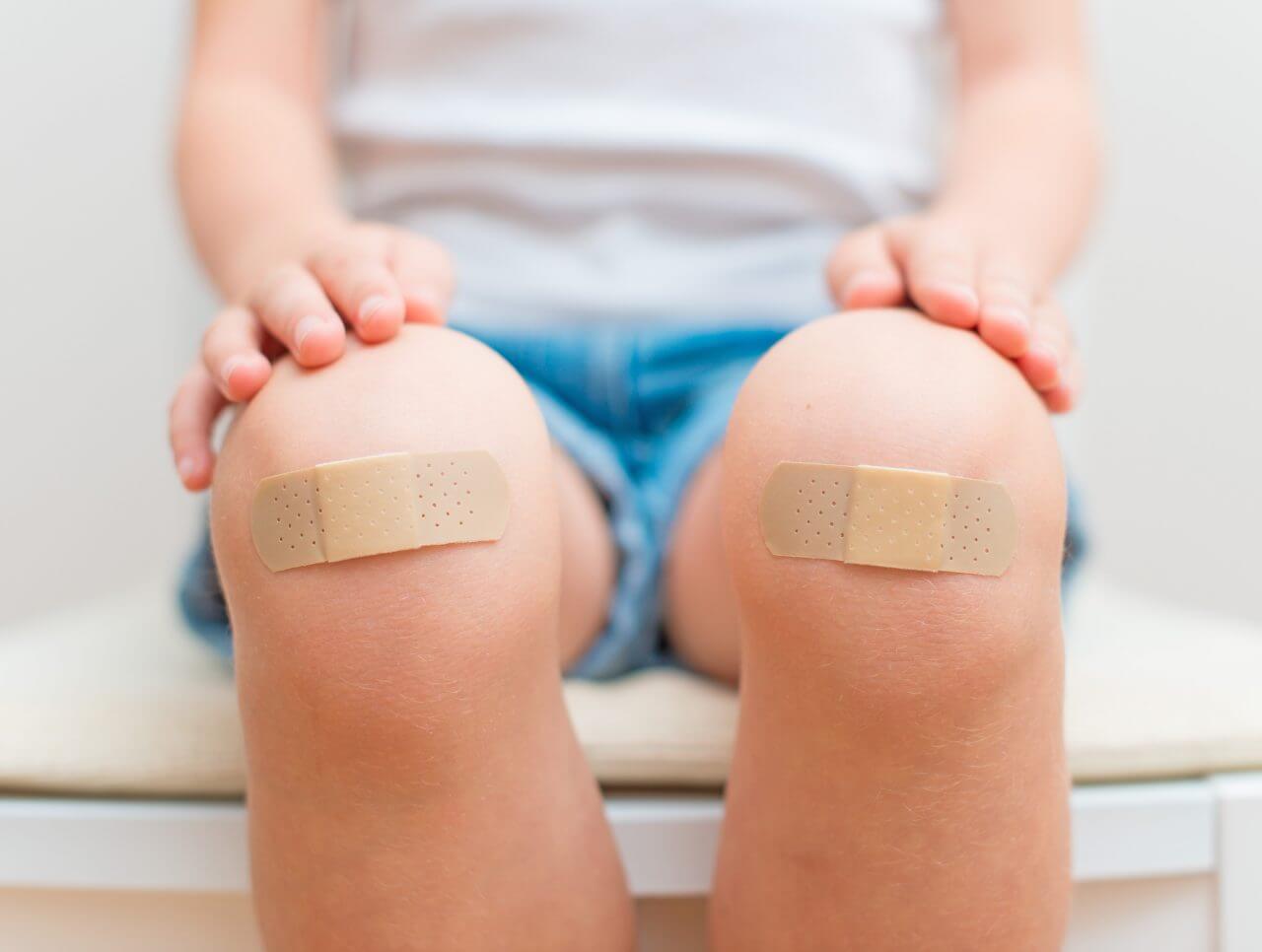First Aid Basics For Cuts And Scrapes

From a laceration, while working with a knife in the kitchen to an abrasion from a stumble on the sidewalk, minor injuries can happen at any time. While they may seem trivial, it’s important to use first aid basics to treat them properly. This can prevent infection and promote proper healing. Below are some basic first aid tips on how to treat cuts and scrapes.
How to Treat Cuts and Scrapes
Some cuts and scrapes require medical attention. For example, you should see a doctor for:
● Wounds that have debris embedded in them
● Cuts that have jagged edges
● Cuts that are deep enough to show fat, muscle or bone
● Puncture wounds and cuts if your most recent tetanus shot was more than five years ago
● Wounds on your face
● Wounds caused by something especially dirty
● Bites from an animal or a person
● Injuries that feel numb
Other injuries can be handled at home if you know how to treat cuts and scrapes. Follow these steps:
1. Wash hands with soap and water. This helps prevent the transfer of bacteria from your hands to the wound, which can reduce the risk of infection.
2. Apply pressure to stop the bleeding. Use gentle pressure with a clean cloth or bandage. Elevate the injury, ideally above the level of the heart, if possible.
3. Assess and clean the cut or scrape. Evaluate the wound to confirm that it can be treated at home. Then clean the wound with soap and water and rinse under running tap water. Don’t use hydrogen peroxide, iodine or anything else that might be irritating. Remove dirt and debris with tweezers sterilized with alcohol.
4. Apply topical medication, if necessary. The antibiotic ointment helps fight infection and also keeps the surface of the wound moist, which can prevent scarring.
5. Cover the cut or scrape with something sterile. Apply a bandage or gauze secured with tape over the wound. Minor scratches and scrapes can be left uncovered.
6. Monitor the wound for signs of infection. Worsening pain, drainage, redness, swelling, and warmth can indicate that the wound is infected. If you notice these signs, contact your doctor.
Knowing how to clean a cut and care for the wound can ensure that it heals quickly and properly.
Healing Cuts and Scrapes: Tips for After Care
A small cut or scrape will quickly form a scab as part of the healing process. Be sure not to pick at the scab, as it helps protect the wound from germs. Keep healing cuts and scrapes clean and replace bandages as needed.
By following the simple first aid tips above, you reduce the risk of infection and help ensure that the wound heals fully and properly.
If you need medical attention for a major cut or scrape, find a Baptist Health Urgent Care location near you immediately.



